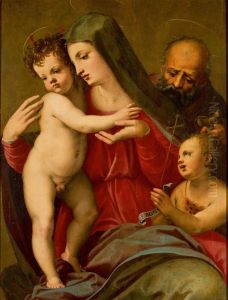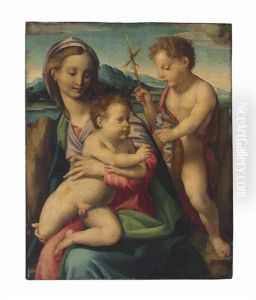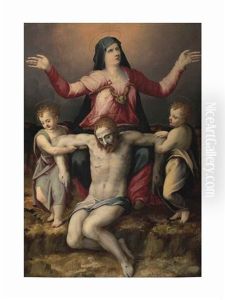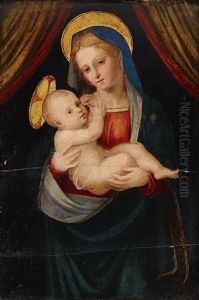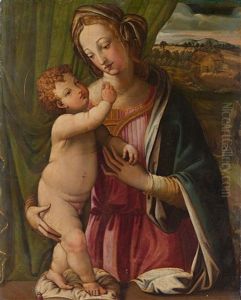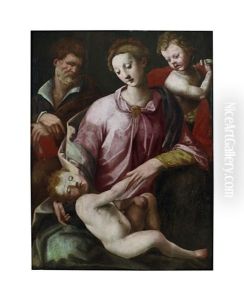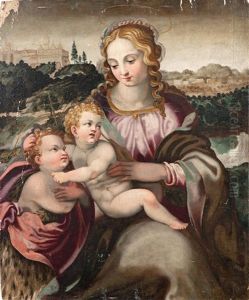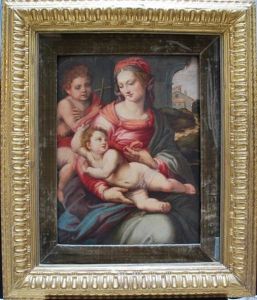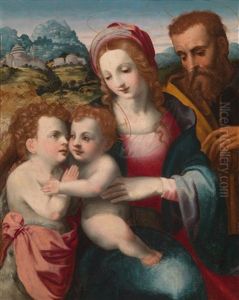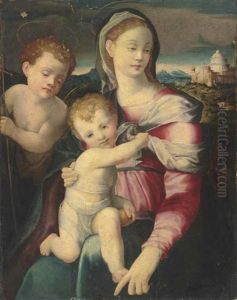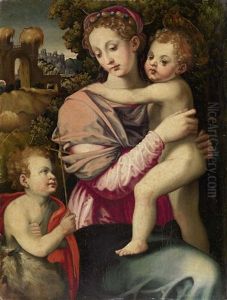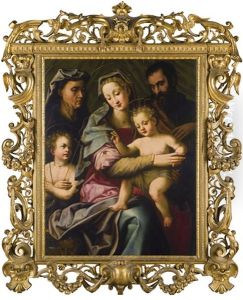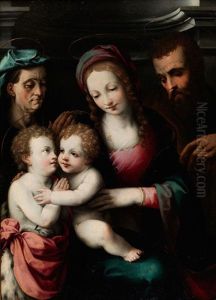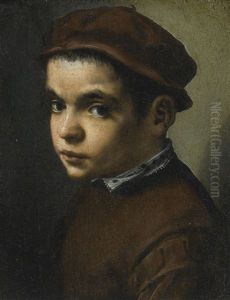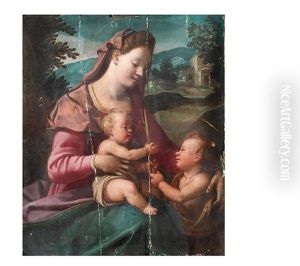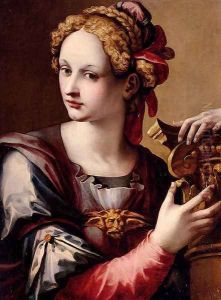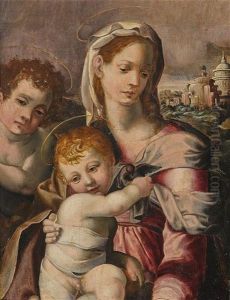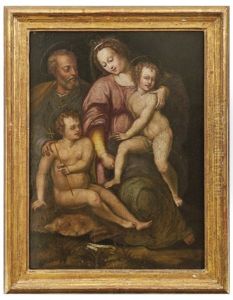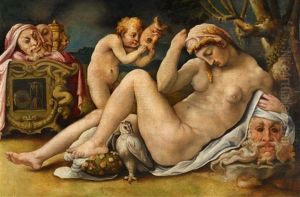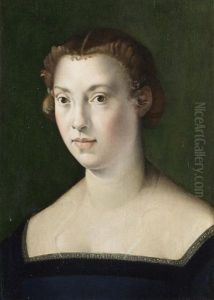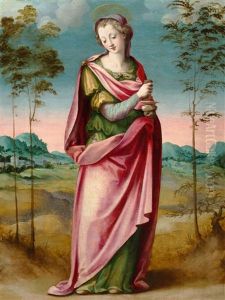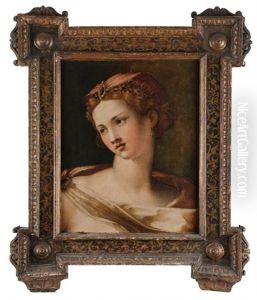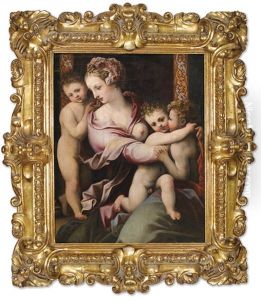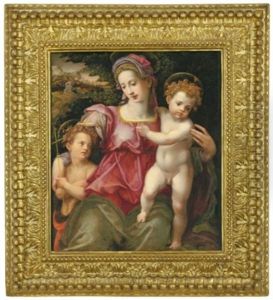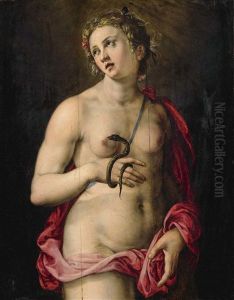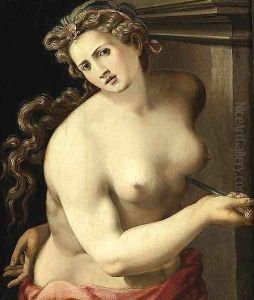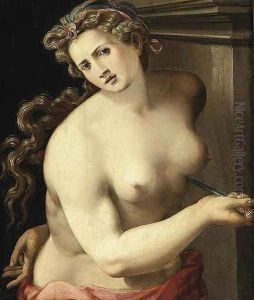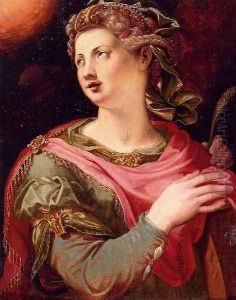Michele Tosini Paintings
Michele Tosini, also known by his nickname Michele di Ridolfo del Ghirlandaio (due to his association with Ridolfo del Ghirlandaio), was a prominent Italian painter of the Florentine Renaissance. Born in Florence in 1503, Tosini was deeply influenced by the artistic movements of his time and became a notable figure in the development of Mannerism. His works are characterized by their sophisticated style, intricate details, and the vibrant use of color, which have been admired for their beauty and technical proficiency.
Tosini's training began under the guidance of Lorenzo di Credi and later with Ridolfo del Ghirlandaio, from whom he inherited the nickname. His close association with Ridolfo, a son of the famous Domenico Ghirlandaio, provided Tosini with a connection to the artistic traditions of the early Renaissance, yet his style evolved significantly over his career. Tosini became a master in his own right, blending the rich influences of his predecessors with his own innovative approach to composition and form.
Throughout his career, Tosini worked on a variety of projects, including religious commissions, portraits, and mythological scenes. He was particularly noted for his frescoes and altarpieces in churches across Florence and its surrounding regions. One of his most significant contributions was his work in the Studiolo of Francesco I in the Palazzo Vecchio, where he painted several panels. His ability to convey narrative and emotion through his art made his work highly sought after during his lifetime.
Beyond his artistic contributions, Tosini played an important role in the Florentine art community. He was a member of the Accademia del Disegno in Florence, an institution that played a crucial role in the professionalization of artists in the 16th century. Through his involvement with the Accademia, Tosini influenced the next generation of artists, including his students, who carried forward his techniques and stylistic preferences.
Michele Tosini's legacy is marked by his ability to bridge the worlds of the High Renaissance and Mannerism, creating works that were both reflective of his times and innovative. His death in 1577 marked the end of an era in Florentine art, but his influence persisted through his students and the many works he left behind, which continue to be studied and admired for their artistic merit and historical significance.
